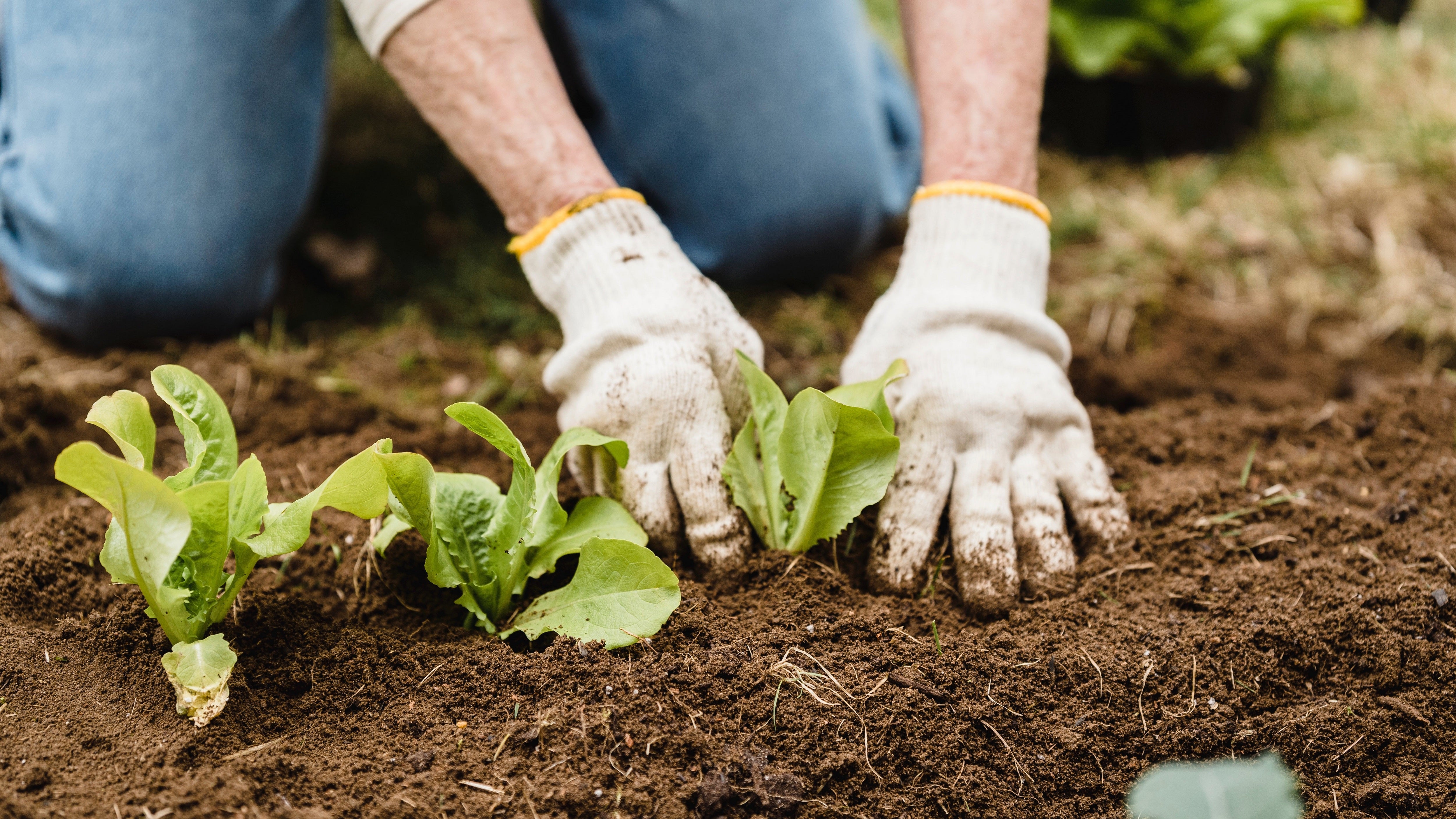
Winter Veggie Planting
01 May, 2024
Starting from scratch
If you have always thought about having your own veggie garden, here's a few tips on how to get started!
You will need to scope out a sunny spot in your garden. Ideally, it should be in full sun or get at least six hours of full sun each day. Ensure that your bed has good drainage, so avoid places where water might pool, such as gullies or wet places on the property.
Some veggie plants can survive in part shade, especially in summer, including lettuce and coriander to help stop them from 'bolting' and going to seed fast. However, any more shade than that and vegetables will struggle to grow.
If you are starting out a new bed, dig up the grass first. Some grasses, such as Kikuyu grass, will grow through soil that has been put on top of a lawn. Use either a mix of your own topsoil and compost (3:1 parts), or bags of straight Organic Veggie Mix. If you don't have compost, you can always start collecting the leaf fall on your property and start to make leafmould. After creating it, ideally let the bed settle for a couple of days to a week before planting.
Working with your existing garden
Current garden and vegetable beds will be tired and lacking much-needed nutrients after the last summer crop. Weed and take out any old, unwanted plants and lightly fork in compost, sheep pellets and even Nature's Organic Fertiliser to introduce organic nutrients and beneficial microbes back into the soil before replanting.
Planting late autumn/winter vegetables
Start planning for mid to late winter harvests from March.
In March and April, sow seeds into the garden or in trays now so they can germinate in autumn's warm temperatures. Make sure they are sown at the right depth - too deep they may struggle and develop damping-off disease, too close to the surface, and birds could easily find them. Make sure they have enough room so their roots don't compete for space and the leaves don't compete for light.
In May, plant seedlings instead of seeds to ensure they grow large enough to use this winter.
Consider staggering your plants. This means planting seedlings or sowing seeds every few weeks so you have a continued harvest. To get the most out of small spaces, try hexagonally spacing rows.
When handling seedlings, avoid holding them by the stem as they can easily be damaged. Only take the seedling out of their trays and punnets when the hole is dug to stop them drying out.
Maintenance and care
Give them a good watering once you have sown your seeds or planted seedlings and plants.
For seedlings, make sure they aren't planted deeper than the pot, as this can lead to the plant struggling or a higher chance of disease.
Gently feed veggie plants with Kings Plant Barn Fast Food or Organic Garden Booster every three to four weeks. Water only to keep veggie beds slightly moist – too much water and disease can start to appear. Deeply water larger fruit shrubs and trees once a week if there hasn't been rain for a while.
Protect your garden from pests with Bug Netting. This will save your plants from insects as small as whitefly, as well as birds, slugs, snails and even cats – all free from sprays. If you only have slugs and snails, use Quash bait – it is safe around pets and children.
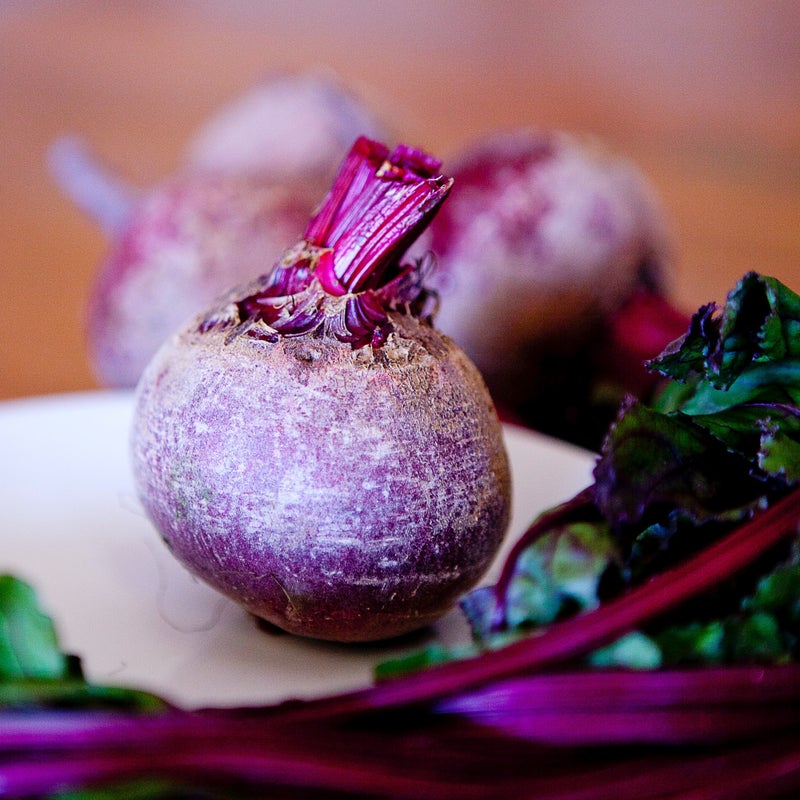
Beetroot
Space apart: 15 cm
Harvest time: 13 - 17 weeks
Position: Plant in full sun in free-draining soil, avoid compact garden beds.
Growing from seed: Soak beetroot seeds in a bowl of lukewarm water overnight to soften the seed's out layer. Germinates within 14 days. Sow either in trays or directly into garden soil.
Information: Beetroot is best roasted, sliced thinly into salads or bottled for later use. Beetroot tops can also occasionally be used in cooking which have a very similar taste to silverbeet.
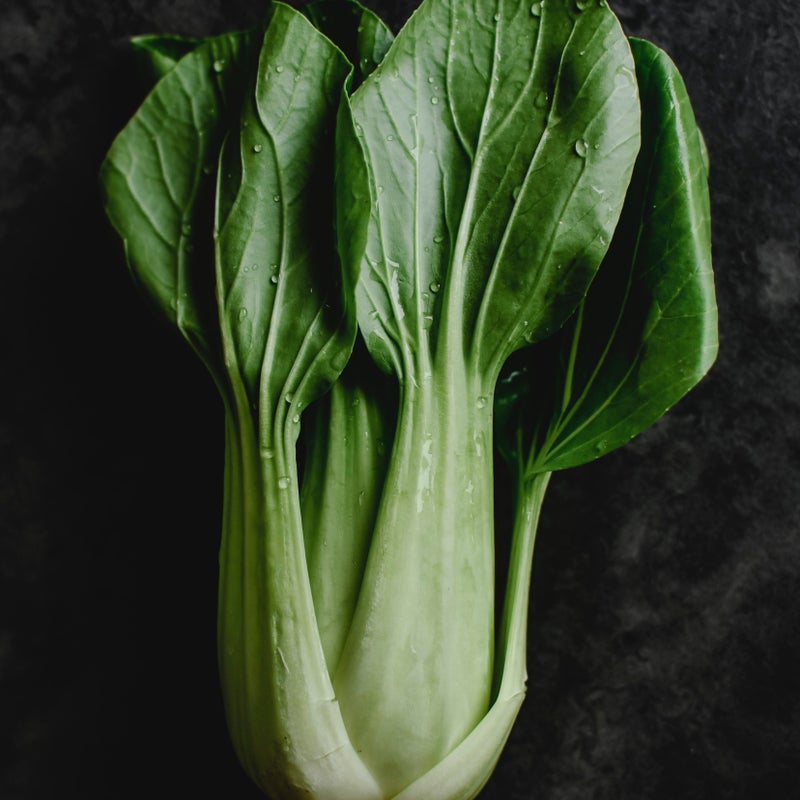
Bok Choy/Pak Choi
Space apart: 4 – 10 cm
Harvest time: 6 – 8 weeks
Position: Plant in full sun in free-draining soil with organic matter (compost and sheep pellets).
Growing from seed: Germinates in 7 - 10 days. Sow directly into veggie beds.
Information: Use in Asian cuisine, pan-fried or boiled with fresh Asian greens. Perfect as a side dish and an alternative to silverbeet.
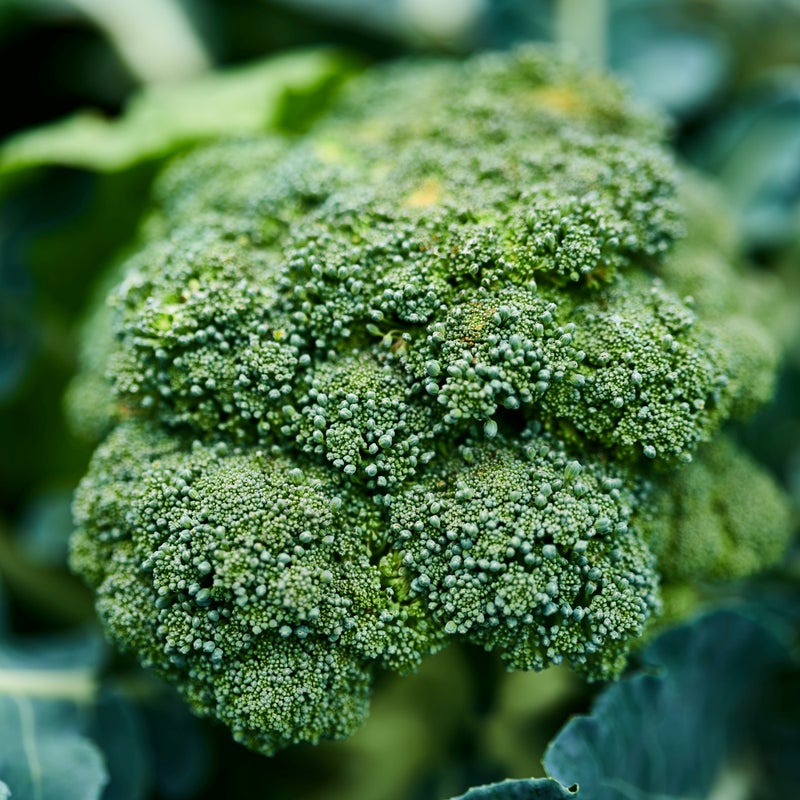
Broccoli
Space apart: 40 – 50 cm
Harvest time: 10 – 12 weeks
Position: Plant in full sun in free-draining soil with organic matter (compost and sheep pellets). Likes slightly acidic soil, cold hardy.
Growing from seed: Germinates in 6 - 8 days. Sow in trays before transplanting to garden.
Information: Easy to grow, especially good for autumn and spring growing. Use in stir-fries or steamed. Good source of vitamin A, potassium, iron and fibre. Harvest the head but leave the plant, as smaller side-heads can pop up to enjoy later.
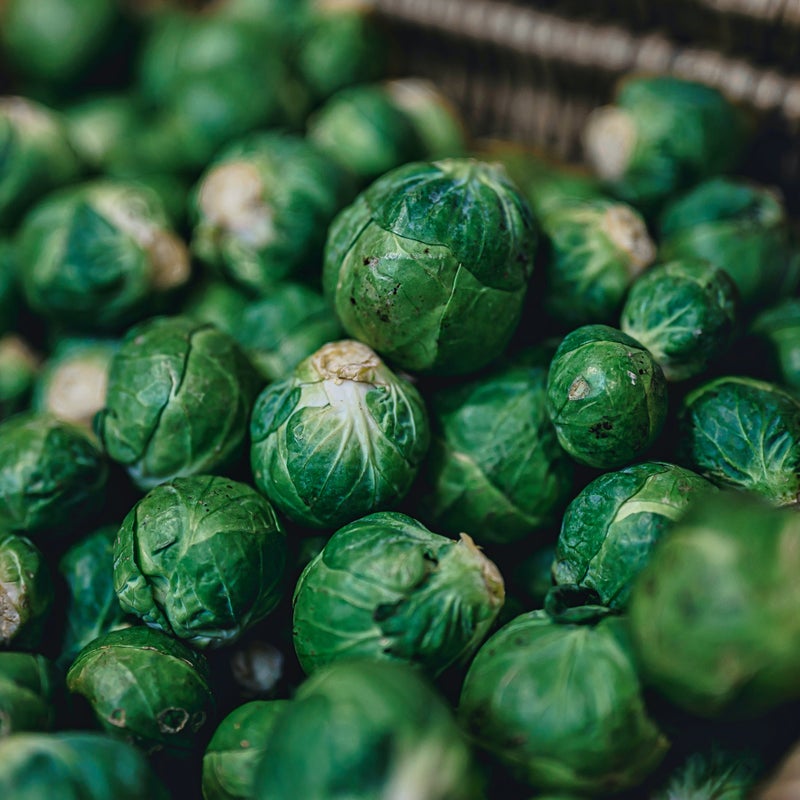
Brussels Sprouts
Space apart: 65 cm
Harvest time: 15 - 17 weeks
Position: Plant in full sun
Growing from seed: Germinates between 5 – 7 days. Sow directly into veggie beds.
Information: Harvest when young 'buds' are full, but have not opened. Delicious roasted, sautéed in bacon fat or caramelised, the mighty sprout is now used for fancy side dishes!
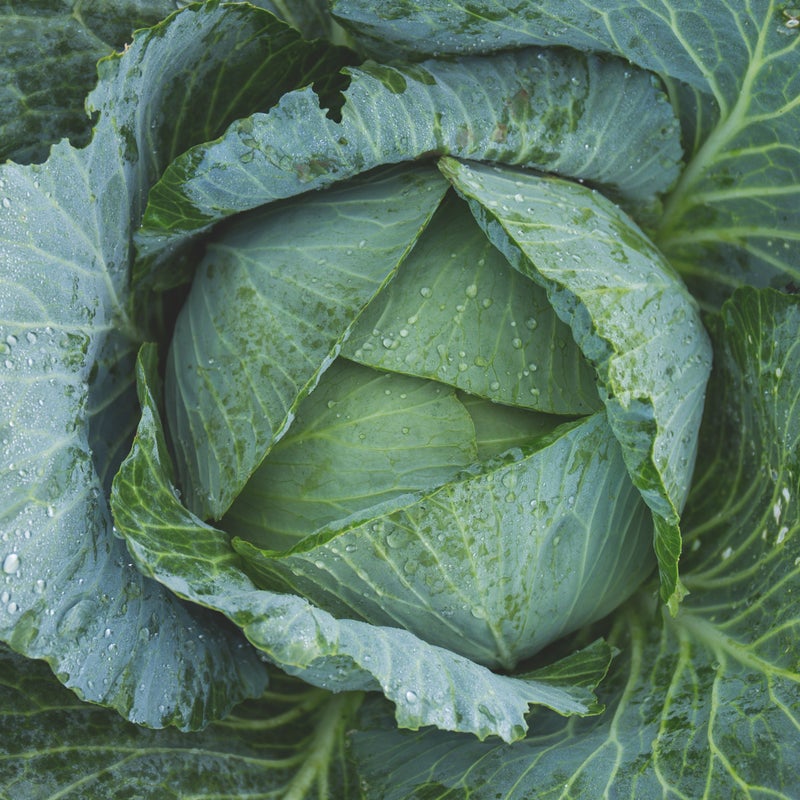
Cabbage
Space apart: 30 – 40 cm
Harvest time: 9 – 10 weeks
Position: Plant in full sun in free-draining soil with organic matter (compost and sheep pellets). Heavy feeders, feed throughout the season. Rotate crops every few years to avoid soilborne diseases.
Growing from seed: Germinates between 12 - 20 days. Sow in trays before transplanting to garden or plant directly into garden in early autumn.
Information: Can be eaten raw in salads or cooked as a side dish. Can also eat as microgreens – harvest when 2.5 cm long!
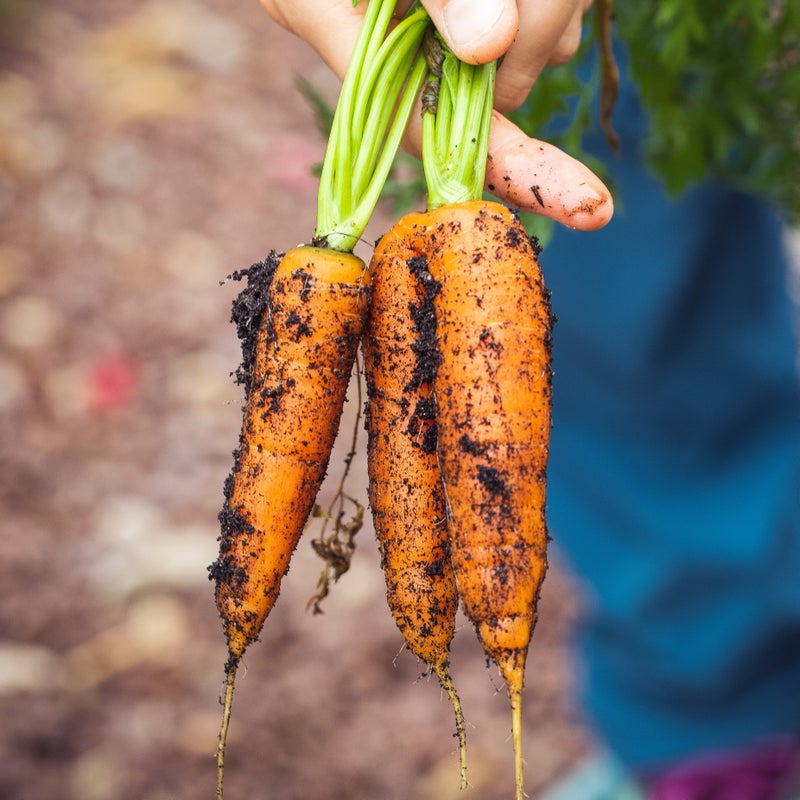
Carrots
Space apart: 10 cm
Harvest time: 7 - 10 weeks
Position: Plant in full sun into soft garden soil, free from hard material to avoid roots splitting.
Growing from seed: Germinates within 10 days. Sow directly into garden soil instead of trays unless it is later in autumn and winter.
Information: With a large variety to choose from, carrots are rich in antioxidants, fibre, and beta carotene (which converts to vitamin A when eaten). Eat raw, roasted, fried or boiled.
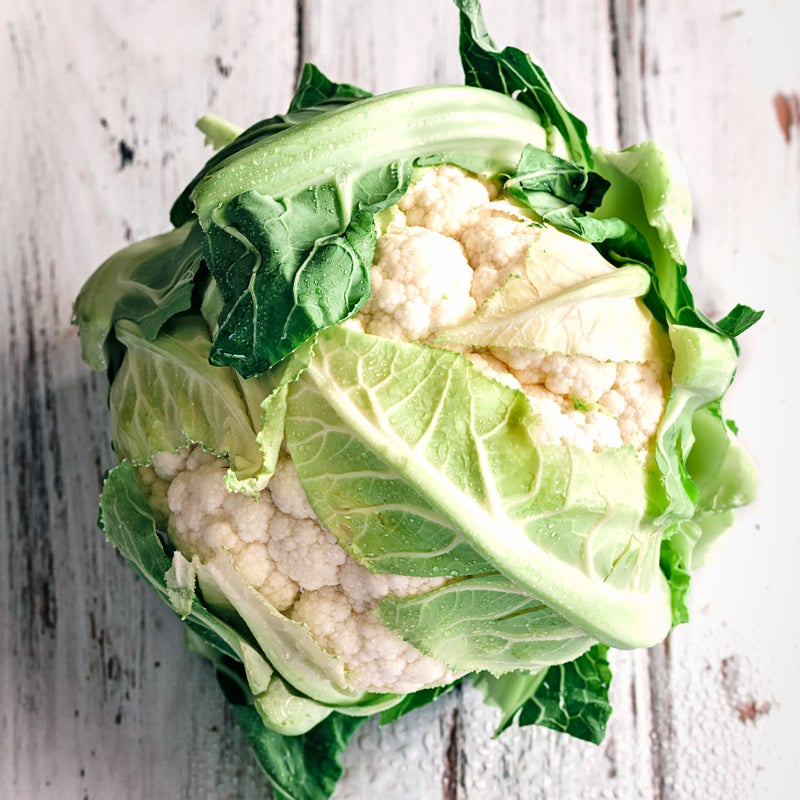
Cauliflower
Space apart: 60 cm
Harvest time: 9 – 10 weeks
Position: Plant in full sun in free-draining soil with organic matter (compost and sheep pellets). Mulch with pea straw. Liquid Feed.
Growing from seed: Germinates between 5 - 7 days. Sow in trays before transplanting to the garden.
Information: Comes in a variety of colours, including white, purple, yellow and lime green. Can be eaten raw, boiled, roasted or pan-fried.
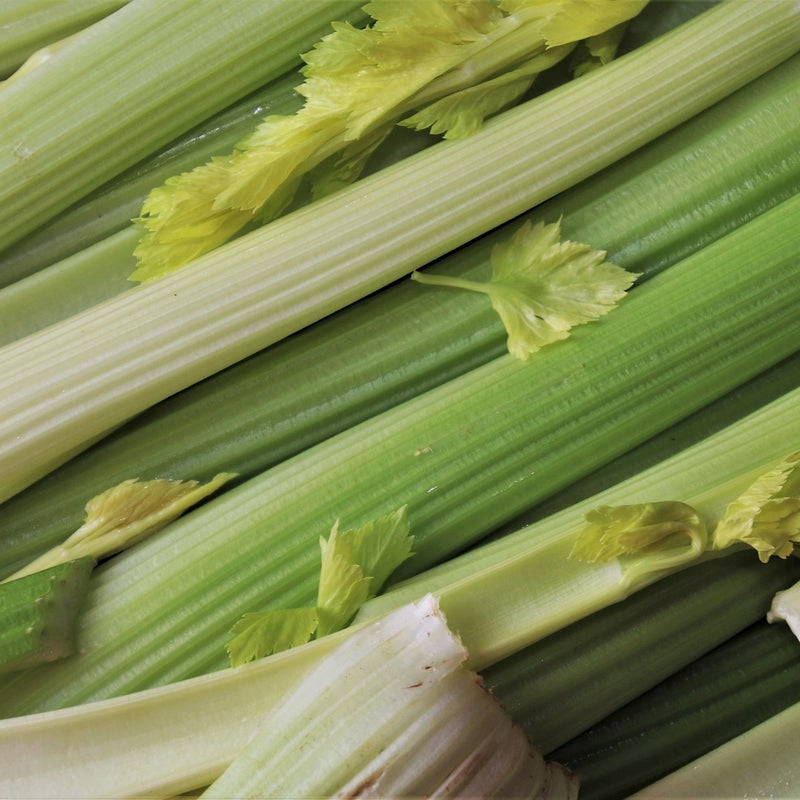
Celery
Space apart: 30 cm
Harvest time: 12 – 14 weeks
Position: Plant in full sun to part shade in free-draining soil with organic matter . Keep soil moist at all times.
Growing from seed: Soak seeds in water overnight to help germination rate. Germinates between 18 - 25 days, in warm temperatures. Sow in trays before transplanting to the garden.
Information: Crisp, fresh stalks perfect for eating straight out of the garden, ideal for finger food and school lunch boxes, or chopped up in stir-fries.

Garlic and Shallots
Space apart: 15 – 18 cm
Harvest time: 24 weeks +
Position: Plant in full sun in free-draining soil with added compost.
Growing from seed: For garlic, full segments from the bulbs you buy, do not plant the full bulb intact. You can keep both shallots and garlic for the following year to plant once harvested.
Information: Delicious when eaten both cooked and raw, garlic is great with many dishes. Shallots are fantastic caramelised as a side dish, especially for hearty winter meals.
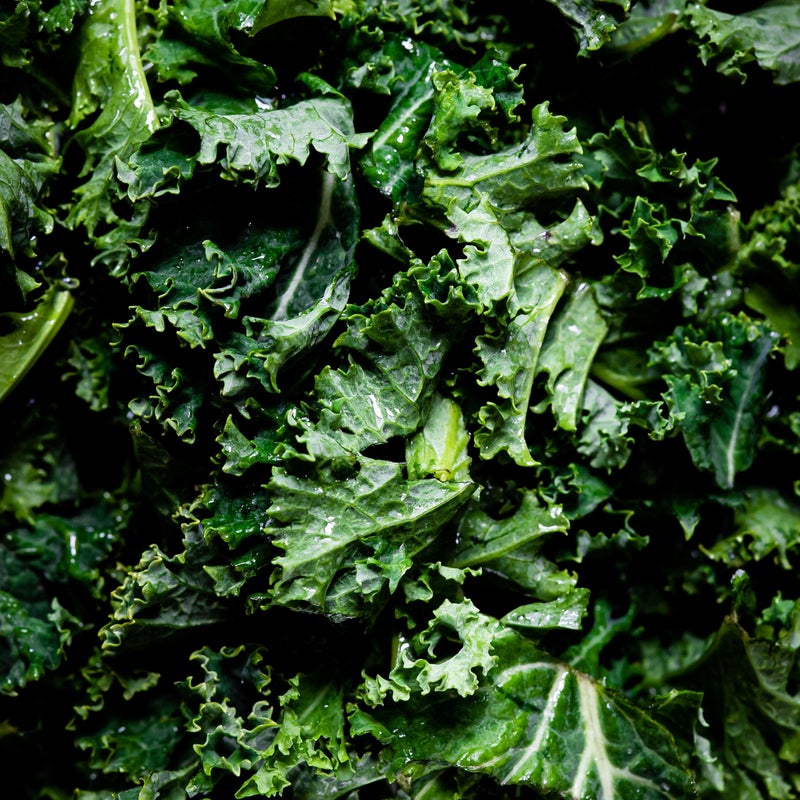
Kale
Space apart: 20 – 30 cm
Harvest time: 9 – 10 weeks
Position: Plant in full sun to part shade, in free-draining soil with organic matter (compost and sheep pellets). Like slightly alkaline soils (6.5- 6.8). Cold hardy. Cold weather brings out better flavour.
Growing from seed: Germinates in 7 - 10 days. Sow directly into veggie beds.
Information: Can be used in Mediterranean dishes, steamed or baked in oven in oil to make crispy kale 'chips'.
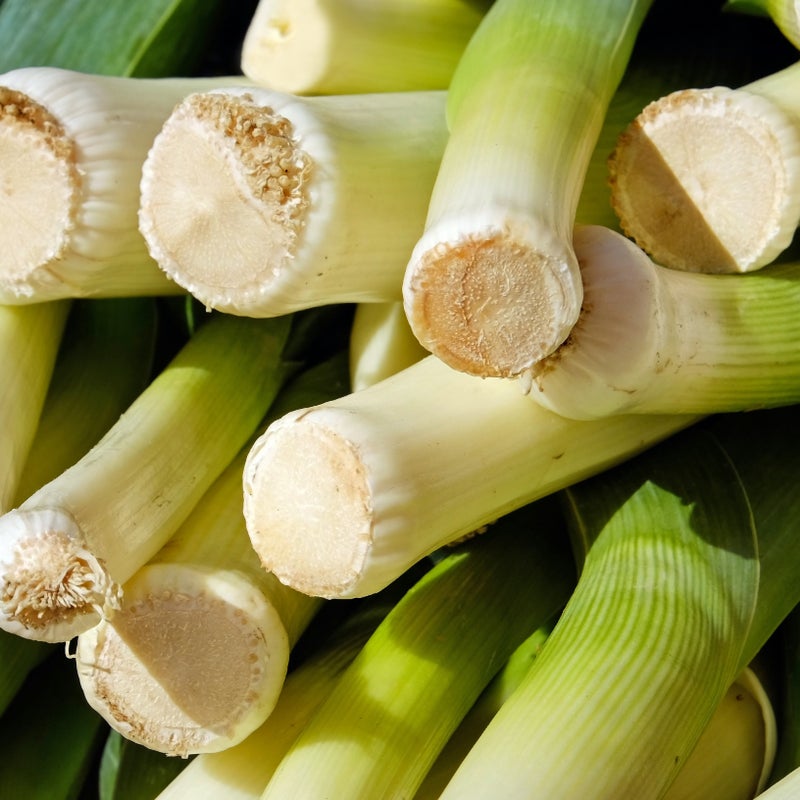
Leeks
Space apart: 20 cm
Harvest time: 22 weeks
Position: Plant in full sun
Growing from seed: Germinates between 10 - 14 days. Leeks have a high germination rate meaning most of your seeds will grow. Leeks can be grown in raised garden beds and deep planters and pots, and grow well in cold climates.
Information: Delicious in soups, pastas, in quiche and pies. Easy to grow all year round in Auckland.
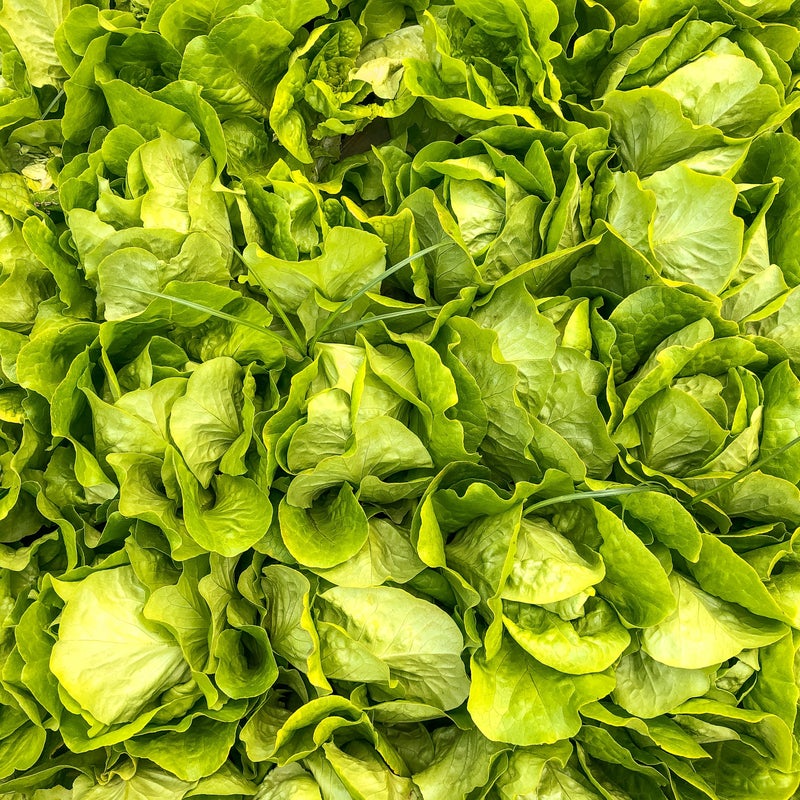
Lettuce
Space apart: 20 cm
Harvest time: 8 – 12 weeks
Position: Full sun to part shade with organic matter (compost and sheep pellets). Keep soil slightly moist.
Growing from seed: Germination between 5 - 7 days. Sow in trays before transplanting to the garden. Best sown in early autumn, and grown in cooler temperatures.
Information: Harvest outer leaves first for lettuce varieties such as Drunken Woman, Cos and Lollo Rossa, or harvest whole heads such as Great Lakes. One of the easiest winter veggies to grow!
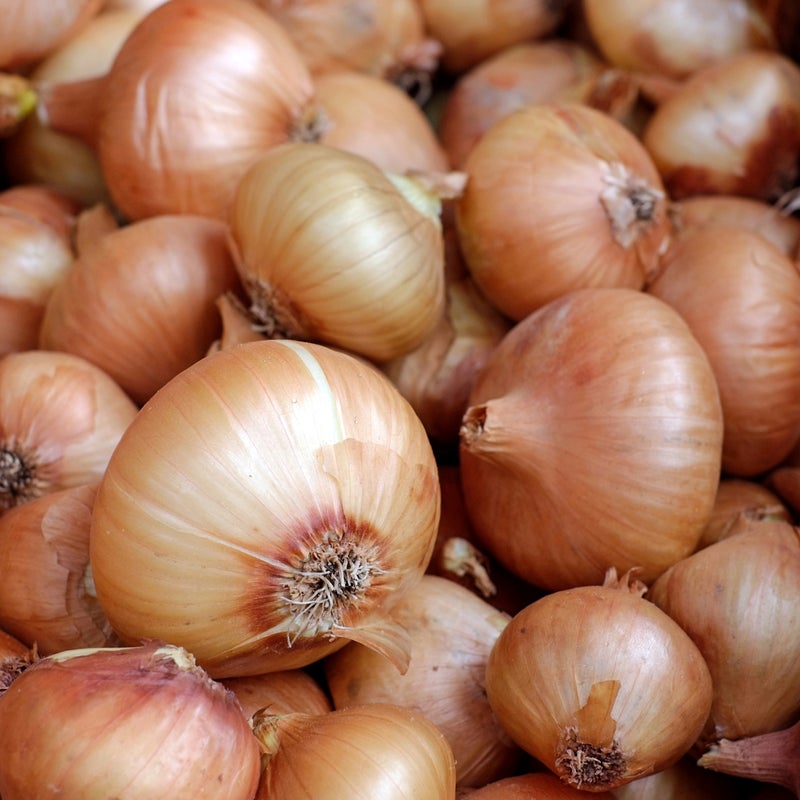
Onions
Space apart: 10 cm
Harvest time: 14 - 26 weeks
Position: Plant in full sun in well-draining soil with organic compost. Onions have shallow roots and will need more water than other winter veggies. Onions can be grown year round in Auckland, but need extra time before harvesting in late spring to summer instead.
Growing from seed: Germinates between 7 - 14 days. Sow into veggie beds or in a tray first indoors before transplanting.
Information: If you are starting out, we recommend Pukekohe Longkeeper!
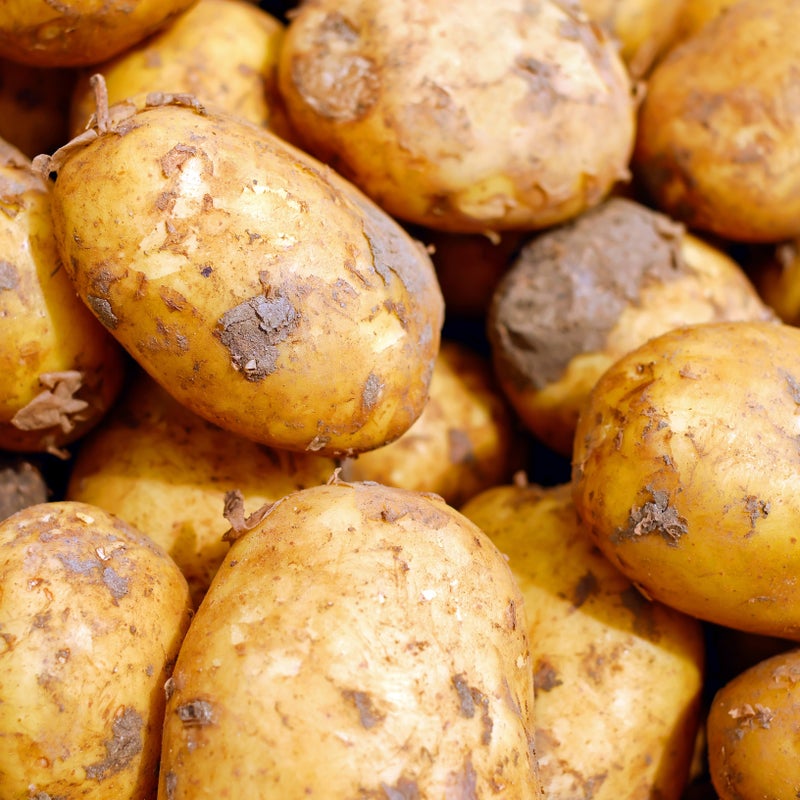
Potatoes
Space apart: 25 - 30 cm
Harvest time: 13 - 24 weeks
Position: Plant in full sun in free-draining soil. When growing potatoes for the first time, dig in organic matter such as sheep pellets and organic compost.
Growing from seed: Chit potato seeds by putting them in a dry, dark cupboard in half an egg carton to encourage sprouts. Plant when sprouts are 20-40cm long.
Information: There are early, main and late crop varieties. Read up on the variety you choose before planting.
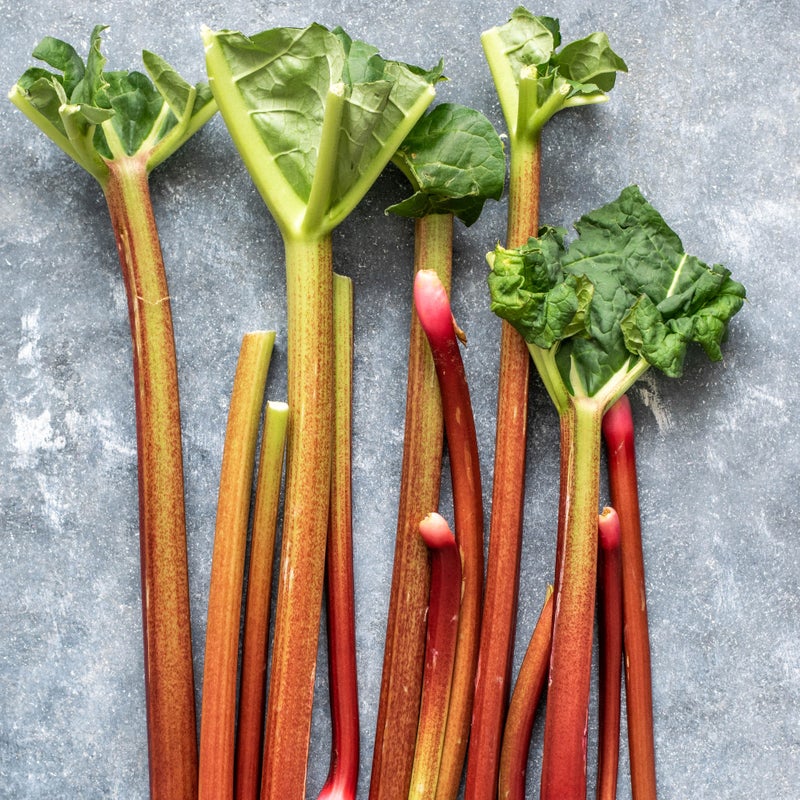
Rhubarb
Space apart: 45 – 80 cm
Harvest time: First year (lightly)
Position: Full sun in free-draining soil with organic matter (compost and sheep pellets). Heavy feeders of organic matter, feed with extra sheep pellets/compost throughout the season.
Growing from seed: Germination between 10 – 14 days, germinate in warm temperatures. Sow in trays before transplanting.
Information: Perennial that can be harvested all year round. Lightly harvest for the first year and only cut outer stalks. Be aware that the leaves are poisonous to both humans and stock animals.
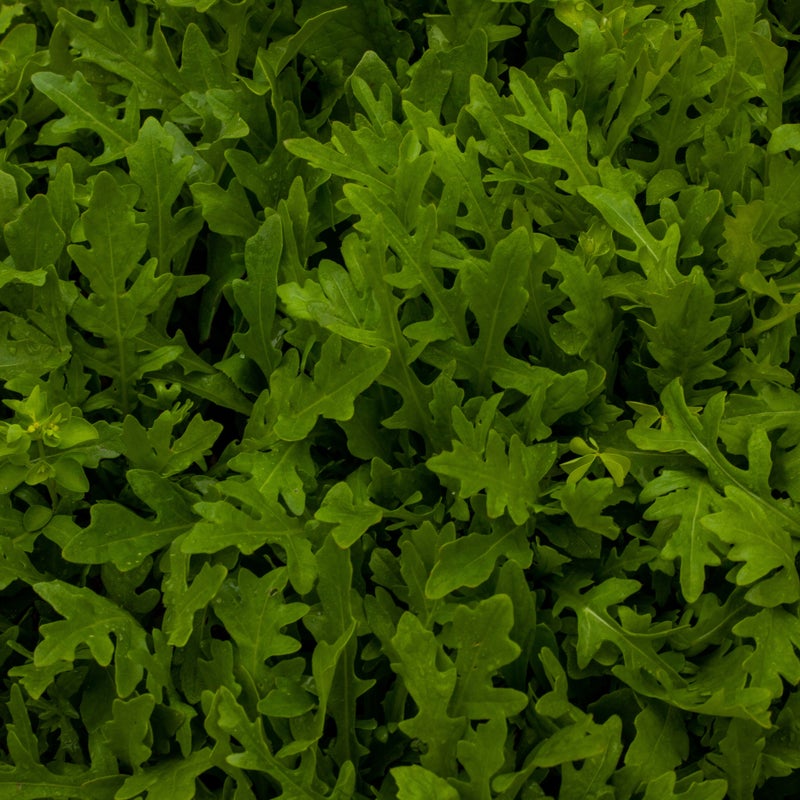
Rocket
Space apart: 25 - 30 cm
Harvest time: 4 - 5 weeks
Position: Plant in full sun in free-draining soil. We recommend beginner gardeners start rocket from seedlings instead of seed.
Growing from seed: Germinates between 7 - 14 days. Sow directly into veggie beds or pots. Rocket germinates best earlier in autumn, but will germinate with temperatures as low as 5C.
Information: Spice up your salads, add to make peppery pestos or create delicious soups with Rocket leaves. Rocket does better in part sun in summer and full sun in winter.
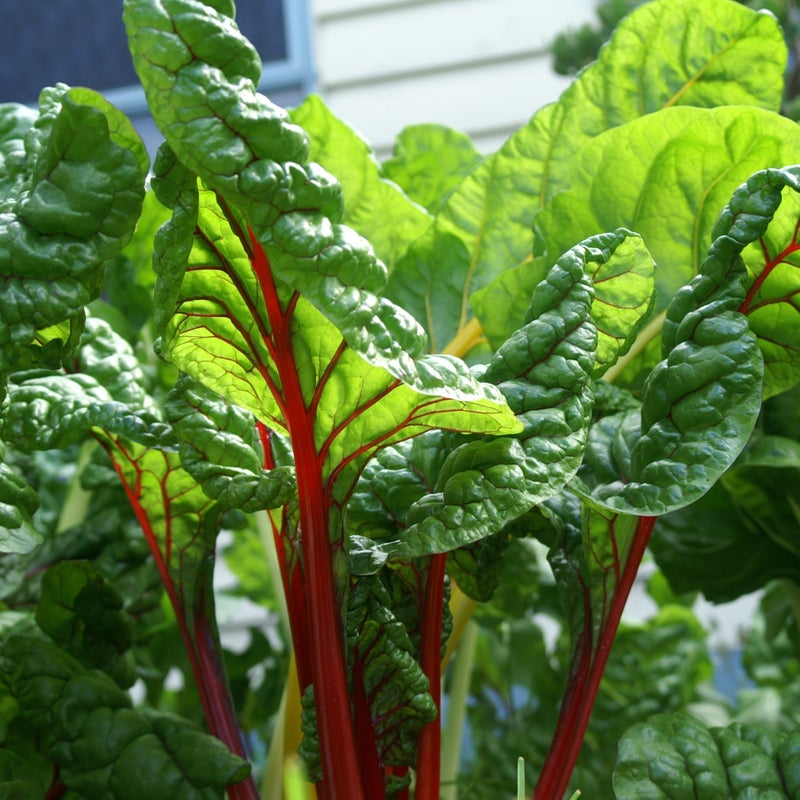
Silverbeet
Space apart: 30 cm
Harvest time: 7 – 8 weeks
Position: Full sun to part shade in free-draining soil with organic matter (compost and sheep pellets). Mulch plants well with pea straw to keep the soil moist with good airflow.
Growing from seed: Germinates in 10 – 15 days. Sow directly into veggie beds.
Information: Great as a side dish to red meat, corn and mashed potatoes. Harvest outer leaves. Want to add a bit of colour to your garden? Choose our rainbow variety, 'Bright Lights'.
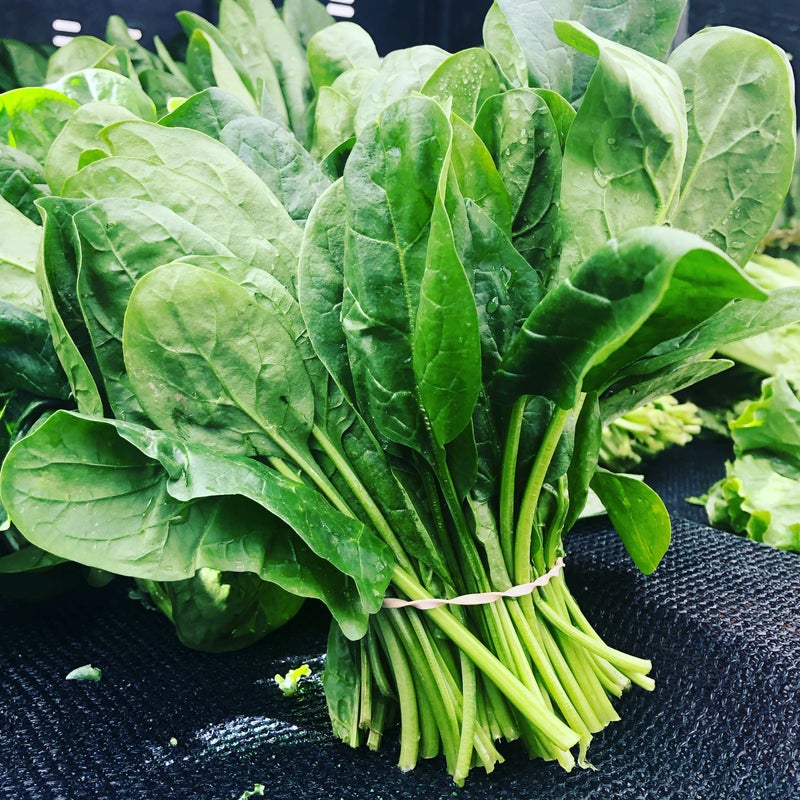
Spinach
Space apart: 30 cm
Harvest time: 7 – 8 weeks
Position: Plant in full sun (or part shade in summer) in free-draining soil with organic matter (compost and sheep pellets). Cold-hardy plant, with similar growing conditions to lettuce.
Growing from seed: Germinates in 10 – 15 days. Directly sow into veggie beds.
Information: Eat fresh and boiled. Alternative to lettuce. Perpetual spinach is a biennial plant, meaning it will live for two years. Harvest outer leaves for continued new growth.
Have any extra questions about growing edibles? Give us a ring on 0800 PLANTS, or ask us on Facebook.